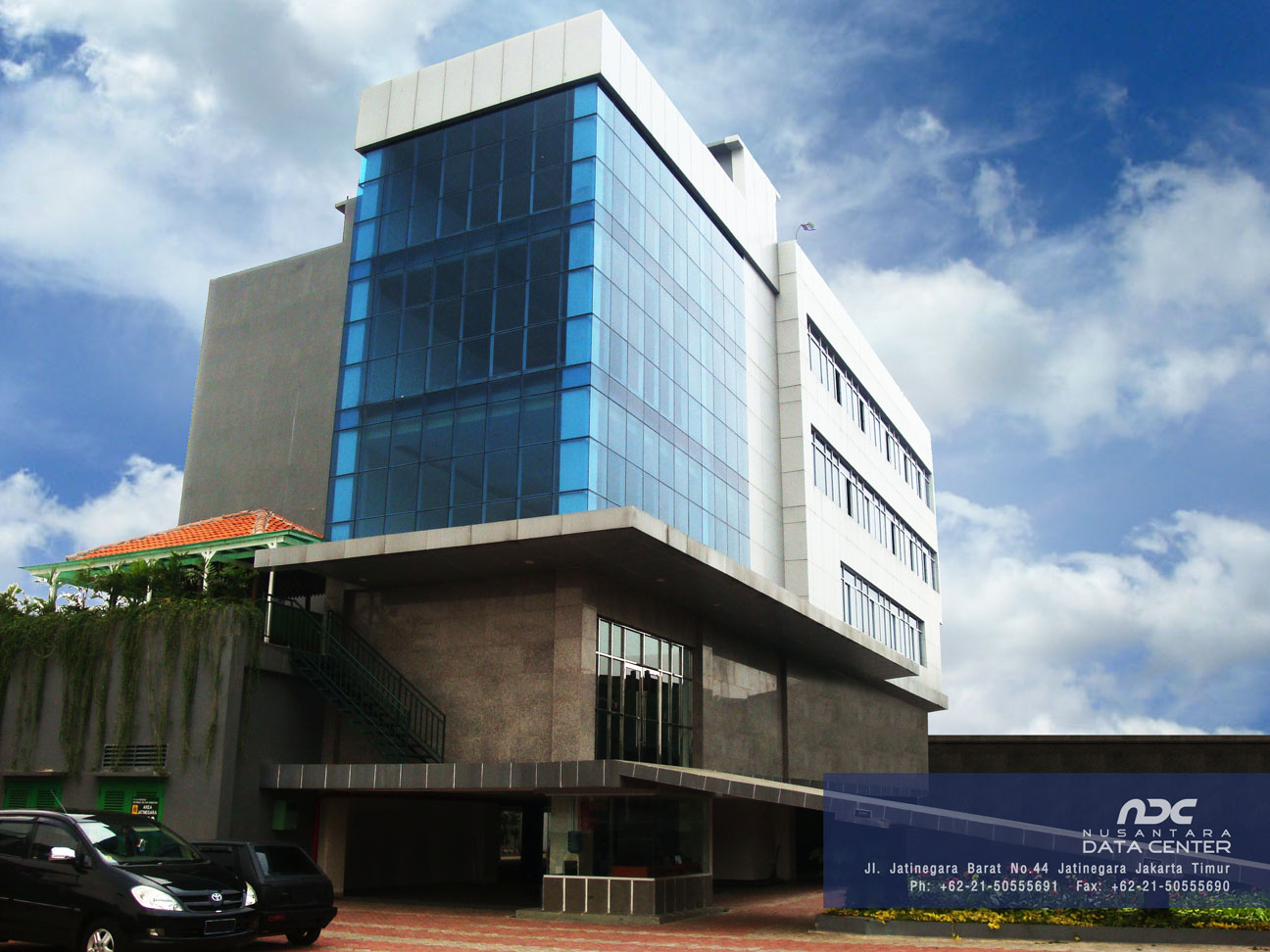Moratelindo, formally known as PT Mora Telematika Indonesia Tbk (MORA), has set an ambitious target: to scale its data center capacity to 35 MW by the end of 2025. As Indonesia's digital economy expands, demand for secure and reliable data storage facilities has skyrocketed. Moratelindo’s proactive approach illustrates the company's readiness to serve this growing need, while strategically positioning itself as one of the country’s most significant infrastructure enablers.
This move reflects Moratelindo’s confidence in its capabilities and underscores the broader trend: data center investments in Indonesia are accelerating. Let's explore the implications of this expansion and what it means for the company, the industry, and digital Indonesia.
Why 35 MW Matters Now
With digital transformation sweeping through every sector—from finance and e-commerce to healthcare and government—data centers form the backbone of modern economies. According to DigitalCatapult and industry reports, Indonesia needs over 1.3 GW of new data center infrastructure within eight years to avoid bottlenecks
By targeting 35 MW, Moratelindo addresses both existing capacity gaps and prepares for future demand. Considering the current national capacity hovers around a few hundred megawatts, this increase meaningfully boosts the country’s digital infrastructure.
Furthermore, the growth will support Moratelindo’s own network operations— powering its Nusantara Data Centers (NDCs) in Jakarta, Surabaya, Medan, Palembang, Batam, and Bali, and expands its attractiveness to both domestic clients and international hyperscalers.
Moratelindo's Strategy and Capex Investments
Moratelindo has a clear roadmap to achieve its target. In Q1 2024, the company allocated significant capital expenditure (capex) to expand existing data center capacity by at least 2 MW and prepare sites like Batam for Tier III readiness. Their multi-pronged strategy includes:
- Upgrading existing facilities to Tier III standards for enhanced reliability.
- Expanding power and cooling systems to support higher server density.
- Strengthening fiber and network infrastructure, leveraging its backbone legacy network.
- Adding new co-location racks and power circuits to improve service scalability.
Moratelindo's deep pockets are supported by a solid financial foundation. The company’s earlier IPO, which was oversubscribed by 200x, raised more than IDR 1 trillion—largely to fund these expansions. Now, with a clear growth trajectory, Moratelindo aims to leverage economies of scale and increase ROI from its NDC footprint.
Competitive Edge in Indonesian Data Centers
The Indonesian data center scene is expanding rapidly. Telkom, NTT, DCI, and Princeton Digital Group (PDG) have also made significant investments. For example, PDG alone is planning 35 MW in Cibitung. Yet Moratelindo holds a strategic advantage:
1. Nationwide Presence: With six NDC locations across Java, Sumatra, and Bali, Moratelindo offers unparalleled reach.
2. Tier Assured Reliability: Rated Tier 3 in Jakarta and Batam, with other sites at Tier 2—ensuring uptime and SLAs .
3. Integrated Connectivity: Backed by Mora IXP, its own fiber backbone, and submarine cables, offering lower latency and direct peering .
4. Local Expertise: A legacy SOE in telecommunication with long-standing expertise in infrastructure and regulatory compliance.
As global hyperscalers like Google and AWS continue expanding in Southeast Asia, Moratelindo can attract them by offering strong local connectivity and reliable power and cooling infrastructure.
The Broader Industry Context
Moratelindo's target aligns with nationwide projections. Indonesia's data center capacity is expected to grow from approximately 250 MW today to over 1.3 GW within eight years. The acceleration is driven by:
- Growing data volume, fueled by cloud adoption and AI workloads
- Regulatory changes, like Indonesia's Personal Data Protection Law, pushing for domestic data storage
- Edge computing needs, fueled by 5G deployment and low-latency applications
Its planned increase also mirrors global trends: hyperscalers are investing in on-site renewables, liquid cooling, and modular data centers in response to rising energy demands . Moratelindo, too, will need to focus on sustainable and energy-efficient operations.
Challenges and Considerations Ahead
Even with a strong plan, Moratelindo faces several hurdles:
- Securing power stability: Tier 3 upgrades need resilient electrical and cooling infrastructure; power supply must be stable and redundant.
- Land and permit complexities: Acquiring new land or expanding in urban areas like Jakarta and Batam can be challenging.
- Sustainability demands: As energy use increases, so does pressure to integrate green energy solutions.
- Competition pressure: Larger players with global scale may outpace Moratelindo in pricing or innovation.
Navigating these challenges will be essential for realizing the full potential of its 35 MW goal.
Looking Ahead: What This Expansion Means
Once accomplished, Moratelindo’s 35 MW capacity will:
- Strengthen domestic digital infrastructure, supporting cloud adoption across sectors
- Enhance national security through local data storage that aligns with data sovereignty policies
- Facilitate foreign investment, with secure, high-capacity infrastructure ready for hyperscaler deployment
For Moratelindo, the milestone is more than expansion—it’s validation of its role as a key enabler in Indonesia’s digital transformation.
Conclusion
Moratelindo’s plan to increase its data center capacity to 35 MW in 2025 is poised to make a significant contribution to Indonesia’s digital landscape. Armed with deep connectivity, strong market presence, and a coherent expansion strategy, the company underscores its readiness to meet the data demands of the next wave of digital adoption—while reinforcing Indonesia’s position as an emerging technological leader in Southeast Asia.
Read More






 Friday, 09-01-26
Friday, 09-01-26







